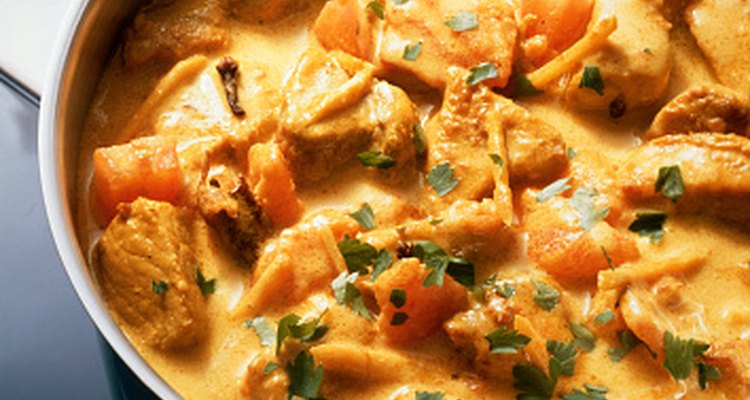
Ancient Indian cooking techniques influence the food and methods used in our cultures. Techniques used in ancient dynasties have been combined with cooking processes from all over India and even other cultures to create a liberal modern tradition. The ancient art of cooking included spices, which still factor heavily in modern Indian cuisine.
Ayurveda
“Ayurveda” is the study of the science of life; it began during the Aryan period of ancient Indian civilization. It is deeply connected to the art of cooking. The Aryans invaded from Europe and Asia Minor and developed the ideas of the Ayurveda, which led to new foods and cookery techniques intended to benefit people physically, mentally and spiritually. Large granaries became a common way of storing and preserving grain during this time. Grain formed the basis of many traditional meals.
Vegetarian Food
One of the biggest influences on Indian cooking methods was the introduction of vegetarianism. According to Indian Foods Co., vegetarian dishes were introduced in the second century B.C. when Emperor Ashoka popularized them as an alternative food source. For example, tomato, chili and potato were all brought from outside India and added to growing culinary traditions. Mahavir and Budda extended the tradition of vegetarianism. The practice has continued into modern culture. In fact, most Indian people are vegetarians.
Mughal Traditions
Since the Mughal period, from 1526 to 1858, in which Persian rulers came to India from present day Uzbekistan, India has incorporated a range of traditional Mughal cooking methods. Mughal cookery is known for its fine, delicate flavorings, silky sauces and a regular use of yogurt, cream, fruit and nut butters, as described by India Net Zone. The Mughal traditions add depth, character and smooth textures to the Indian spiced foods and allow very hot recipes to become more mellow and have thicker sauces. Mild, fragrant herbs and spices such as cinnamon, cardamom, nutmeg and clove are commonly used.
Steaming
One example of a specific technique is “bhapa” or steaming. Steaming or parboiling the food meant that vitamins were preserved, which makes it more nutritious than other forms of cooking. The Nizams of Hyderabad, a city located in the central region of India, developed biryani, one of the most respected dishes in Indian cuisine. Made traditionally, it involves cooking yogurt-marinated meat with rice in a sealed “handi,” a vessel made of dough, and steaming it over hot coals, called “dum.” Skill is required to regulate the temperature to avoid overcooking or undercooking.
Regional Variations
Religion, neighboring civilizations and powerful ancient rulers have all played an important role in the overall development of Indian cooking techniques and the foods eaten. However, the various regions of India still evolved very different styles of cookery. Choices of food eaten and cookery styles depended on geographical location, seasonal availability of food, local cultures and traditions and the differences between regions near the sea or those inland. The region called Andhra Pradesh, for example, combined South Indian cookery with a more refined Deccani style of cooking involving vegetables, hot spices, chilies and different pickles, such as mango pickle or “avakaya” to create a cuisine known as “Telugu.”
Related Articles

The History of Asian Food

African Food Facts

Facts About Italian Cuisine
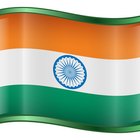
Different Types of Food in India

Neolithic Diets

Italian Cuisine Characteristics
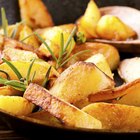
What Foods Do People in Ireland Eat?

How to Reheat Chinese Takeaway
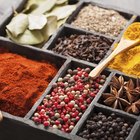
Traditional English Diet

Cooking Jamaican Jerk Catfish

Is the Slow Cooker a Healthy Way to ...

Difference Between Hibachi & Teriyaki

Slow Cookers & Nutrition

Description of Spanish Foods

What Type of Food Do People in Honduras ...

Traditional French Easter Food

History of African Peanut Soup

Bohemian Cooking

Corn Starch Vs. Baking Powder in Cooking
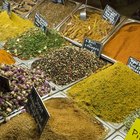
Afghan Spices
References
Writer Bio
Natasha Parks has been a professional writer since 2001 with work published online and in book format for "Thomson Reuters," the "World Patents Index" and thomson.com. Her areas of expertise are varied and include physics, biology, genetics and computing, mental health, relationships, family crises and career development. She holds a Bachelor of Science in Biophysics from King's College, London.
Photo Credits
Eising/Photodisc/Getty Images